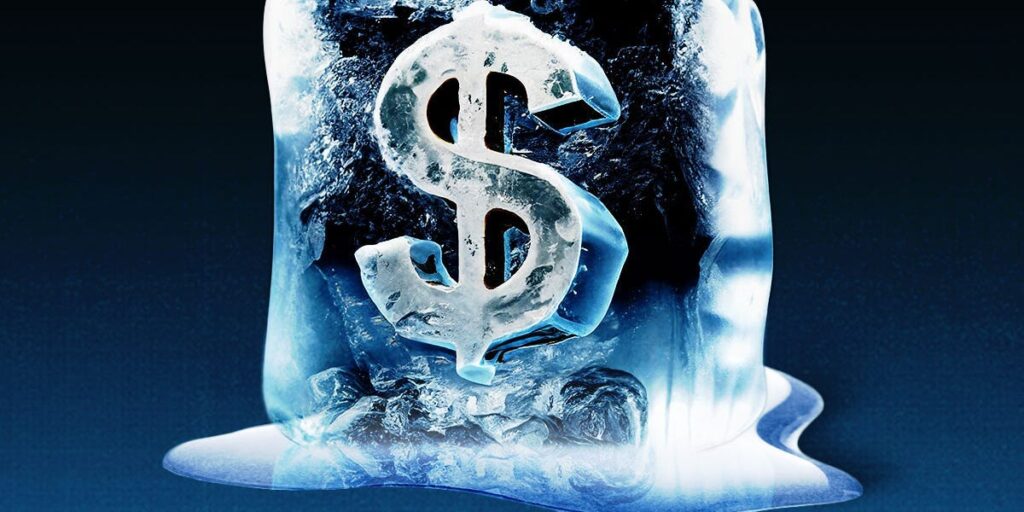Friday’s report from the Bureau of Labor Statistics showed the unemployment rate unexpectedly rose to 4.3% in July, the highest in nearly three years. The number of jobs added in July also fell well short of expectations.
The surprisingly weak report sent stocks plunging. For months, it’s looked like the Fed might be able to pull off the so-called Goldilocks approach to cooling inflation by keeping interest rates high long enough to bring down inflation — but not so much that too many Americans lost jobs.
While the economy hasn’t tipped into a recession yet, Friday’s report could be a warning shot. Economists are taking notice, and some are already blaming the Fed for waiting too long to cut interest rates after it held steady in its latest decision on Wednesday.
Given the jobs report, Nick Bunker, economic research director for North America at the Indeed Hiring Lab, told Business Insider that “the soft landing for the US labor market is in peril.”
Claudia Sahm, the chief economist at New Century Advisors and former Fed economist, agrees, adding the most important next step is for the Fed to cut interest rates.
“I had argued that they should have already begun this path, but even if they have not, they have been very clear in signaling, and again this week even clearer in signaling, that they are pointed in that direction and will be doing easing,” Sahm said.
At a press conference on Wednesday, Fed Chair Jerome Powell strongly signaled that the first rate cut will come in September, but now there’s debate over how deep it should be. In a matter of days, the consensus expectation on Wall Street has shifted from a 25-basis-point reduction to a 50-point move. There is also increased pressure for the central bank to accelerate its pace through year-end and beyond.
Julia Pollak, chief economist at ZipRecruiter, told BI that the Fed “has lots of room here to cut.”
“Surely they won’t wait so long that they put us in a recession,” she added. “It’s just not necessary.”
We’re not in a recession yet
To be sure, the US is likely not in a recession yet. Inflation is cooling, and real GDP grew at an annualized rate of 2.8% in the second quarter, far surpassing growth in the first quarter.
Bunker said the labor market is in a “decent spot.” He pointed out that the unemployment rate is still low historically, and that the share of prime-age workers with a job is still robust.
“The problem is there’s very few indications that this is the labor market we’re going to stick around in,” Bunker said. “It’s clear that momentum of the labor market continues to be downward. It continues to be towards a loosening labor market. It continues to be towards more joblessness.”
By the time the Federal Reserve announces its next move in September, it will have more inflation data and August’s jobs report to inform its decision. If it does cut rates as expected, it will also likely face criticism from Republican lawmakers for doing so right before the election. But Powell has maintained that the central bank is an independent entity that makes decisions solely based on data.
“The question will be whether the totality of the data, the evolving outlook, and the balance of risks are consistent with rising confidence on inflation and maintaining a solid labor market,” Powell said during the Wednesday press conference. “If that test is met, a reduction in our policy rate could be on the table as soon as the next meeting in September.”
For now, the Biden-Harris administration doesn’t seem too worried about Friday’s report.
“In some ways, it’s almost like we’re a victim of our own success,” Acting Secretary of Labor Julie Su told BI. She said the 114,000 jobs added in July “seems low because we have had such strong, much higher numbers before.”
Su said that they’ve been fielding the same question for three years: Are we headed for a recession? Su said that, right now, the signs are inconsistent with a downturn.
“It’s obviously a little bit risky because the economy is always changing,” she said. “But I continue to stand by the idea that this is still part of the soft landing that people thought was not possible.”
Read the full article here


